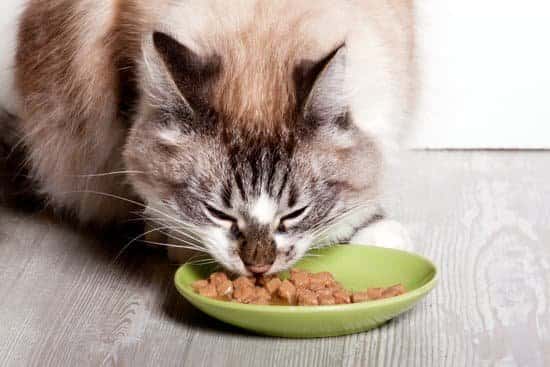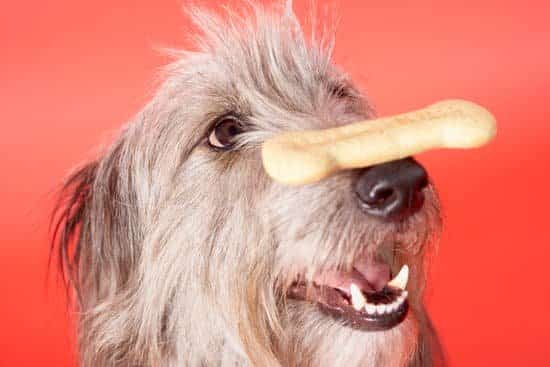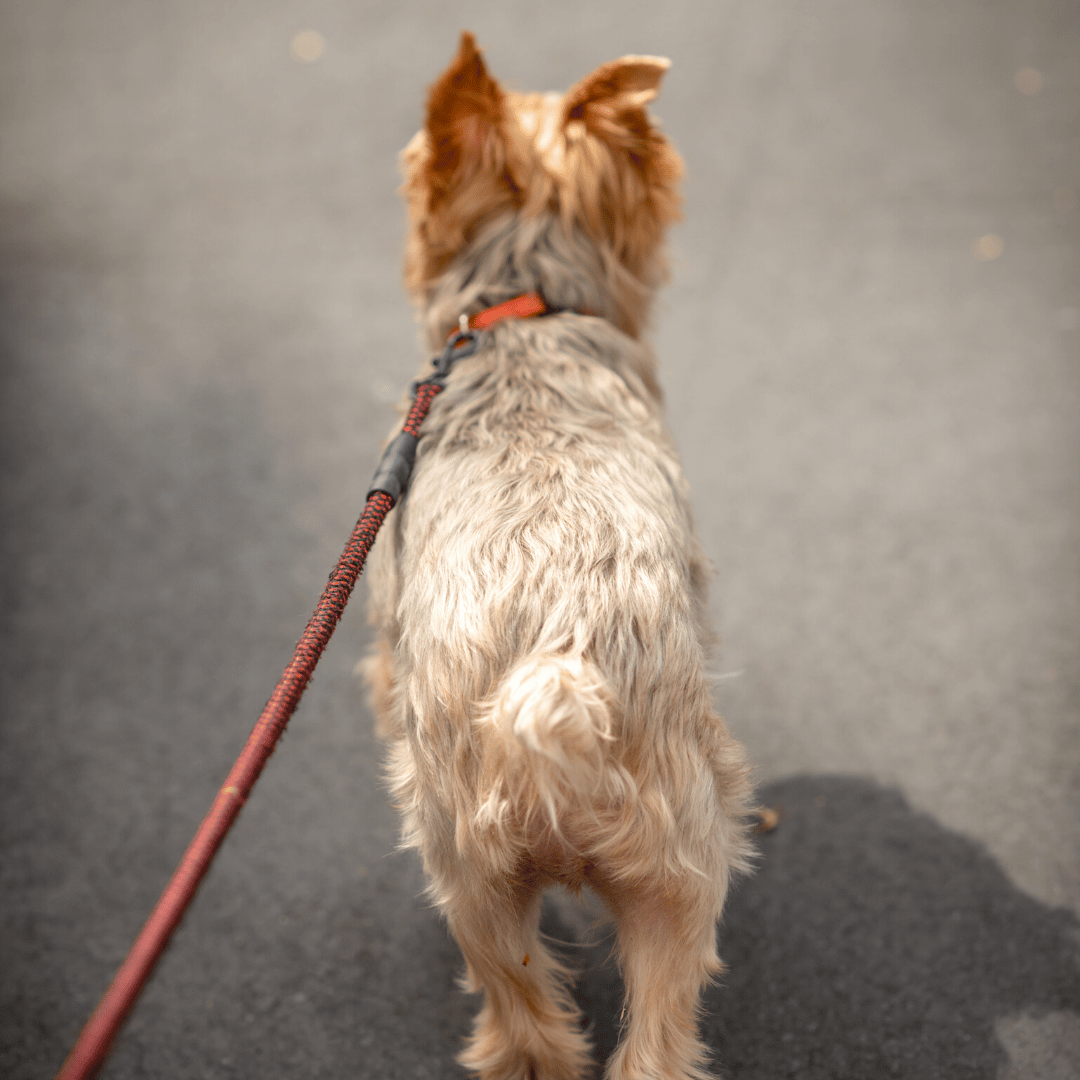The obesity epidemic is now taking its toll on our pets, to the point pet obesity has become an alarmingly common issue. Like us humans, our pet’s weight can have serious health risks. Eating the right diet and regular exercise is a major component of their well-being. While a serious health issue, it is one that is entirely avoidable. But how do you know if your pet is overweight and how do you help them lose any excess weight? We’ve broken it all down to help you protect your pet from obesity and to live a healthy life>
What do we know about pet obesity?
Up to 50% of dogs and a third of cats are overweight. In most cases, obesity in our pets is caused by overfeeding (and spoiling them with treats) and lack of exercise. Combined, this means excess calories are stored as fat. Being overweight is generally caused by an imbalance of calories consumed versus calories expended. More simply put, eating more food than can ever possibly be burnt off.
It is important to note, certain breeds are genetically predisposed to becoming heavier-set as they grow. In all breeds, age can also have an impact on their weight due to any conditions which restrict their ability to exercise.
Why does maintaining a healthy weight matter?
Maintaining a healthy weight, diet and lifestyle is just as important for your pet as it is for you, as it affects their overall health and quality of life. Overweight pets statistically have a less active and shorter life expectancy with increased risks of many commmon conditions, including:
- Osteoarthritis
- Arthritis
- Diabetes
- High blood pressure
- Hypertension
- Heart conditions
- Kidney disease
- Respiratory diseases
- Neurological disorders
- Skin problems
- Reproductive disorders
- Lower resistance to infection
- Greater risk of injury
- Increased surgical and anaesthetic risk
- Increased risk of back problems
- Exacerbation of brachycephalic syndrome
It is important to note that fat cells themselves are pro-inflammatory, meaning overweight pets are in a constant state of inflammation, an underlying cause of many health conditions.
How to tell if your pet is overweight
Identifying if your pet is overweight is essential to their well-being. If you find yourself agreeing with any of the following statements, it’s most likely your pet isn’t at their ideal weight.
- You can’t feel your pet’s ribs
- Your pet no longer has a waist
- Your pet is reluctant to participate in exercise
- Your pet tires easily after short periods of exercise
- There is a waddle when your pet walks
- Your pet continues eating so long as there’s food in their bowl
- Your pet has unlimited access to food
- You feed your pet table scraps or leftovers
- Your pet isn’t grooming themselves like they normally do which could mean they can’t reach certain areas
- Your pet has difficulty breathing even when they haven’t moved
- You sometimes skip playing or exercising with your pet
It is always good to know what your pet’s ideal weight is and monitor it regularly using your bathroom scales.
Our top tips for pet weight loss
If your pet is tipping the scales, what should you do? Here are our top tips for getting them back in shape:
Healthy diet
Overfeeding our pets is common. Whether it is feeding them the wrong diets, too much of the right diet, and too many treats when those big eyes become too irresistible. As well as their regular food we can also find ourselves offering them high-calorie foods, like frequent treats and table scraps. With pets, we also need to be aware of the caloric content of human foods we are treating or training them with. A singular piece of cheddar cheese to a dog is the equivalent calorie content to one a half hamburgers to a human. And a cup of whole milk to a cat is the equivalent to almost three hamburgers – not to mention, cats are be lactose intolerant.
- Age-appropriate, high-quality pet food
- Healthy, scheduled meals
- Measure food portions
- Slow feeding bowls to discourage quick eating
- Avoid feeding table scraps and leftovers
- If you are unsure what type of food is best suited to your pet, ask your vet
Restrict the treats
Regular diets aren’t the only factor to consider. Our pets love treats – they are great for reward-based training and general spoiling. It’s also important to acknowledge that their bodies aren’t the same as ours and can easily be affected by unhealthy and fatty treats. High fat treats can cause a condition known as pancreatitis, an incredibly painful condition where the pancreas starts to self-digest secondary to inflammation, requiring veterinary attention.
Follow the age old saying, ‘human food for humans, animal food for animals’
- Train them to appreciate the healthy treats, like dental treats (increases dental hygiene plus it takes longer to chew)
- Everything in moderation, for example, reserve treats for rewarding good behaviour
- Know what size portion is appropriate for your pet.
- Your vet can advise of pet-friendly treats that are appropriate for your fur baby and the recommended daily dietary requirements
Regular exercise
Just like diet, regular, safe exercise is just as important. If it’s been a while since your pet has had regular exercise or your pet is elderly, it is best to start slow and build up so as not to put excessive strain on their joints. Not only does daily exercise keep the body healthy, but it also keeps the mind healthy and stimulated.
- For dogs, fetch, swimming, and walks around your local area are fun activities that can involve the whole family, swimming is a great alternative for older, arthritic dogs.
- For cats, activities that encourage their natural hunting instincts that allow them to jump and chase will have them burning through calories in no time
Visit your vet for a weight loss program
If your pet has a weight problem, pay a visit to your vet. After performing a health exam they will be able to devise a weight loss program specifically for your pet to help reach their ideal weight.
- Program will contain a diet plan, eating schedule, and recommended daily calorie intake, as well as exercise options
- Keep a weight loss diary to help you stay on track
If your pet is ill or injured, contact your closest Animal Emergency Service hospital or your local vet immediately.



 Follow the age old saying, ‘human food for humans, animal food for animals’
Follow the age old saying, ‘human food for humans, animal food for animals’